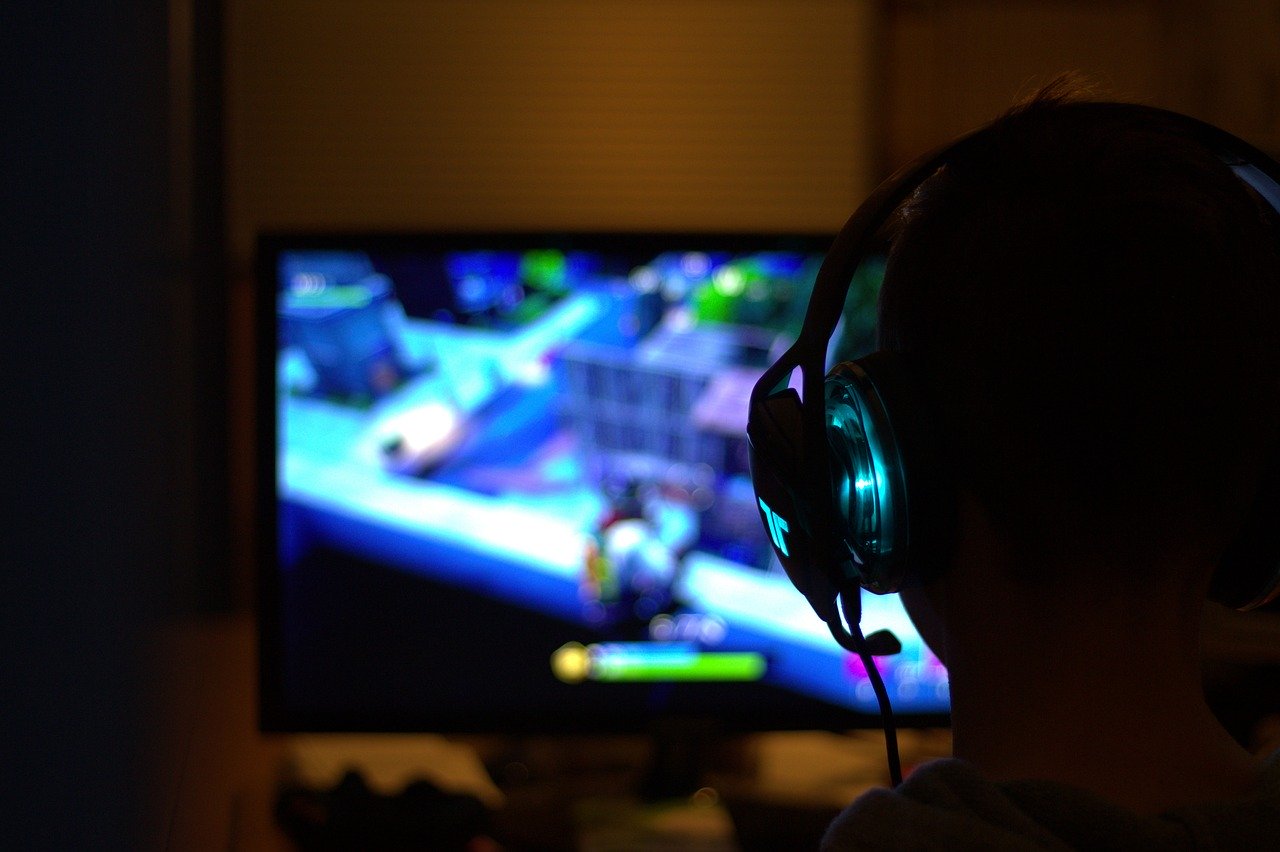How Gamification Marketing Tools are Going from Strength to Strength
[ad_1]
Recently we’ve seen a massive expansion of the online gaming and esports industry and people are hungry for entertaining and challenging titles like never before.
The idea behind gamification is to harness that demand and use it to promote products and services. Here are some of the revolutionary ways in which this is being done.
Tap into Your Customer’s Competitive Side
When most people think of gamification, they think of Space Invaders or some sort of platform integrated onto a website, but ofttimes the best uses of gamification are subtle in their application.
One successful example of this is LinkedIn’s use of the progress bar or completeness meter. This tells users to what degree their profile has been completed, thus incentivizing them to complete it 100%, so as to get more hits on their profile. This energy or progress bar idea is borrowed from gaming, but in this context, it drives added user engagement and further interaction with the site.
Partnering with Gaming Brands Pays Dividends
One way that is proven to drive interest in a company’s product offering is to partner with a popular gaming brand.
There is no better example of this than McDonald’s partnering with the makers of Monopoly, to create their now infamous rewards campaign.
Of course, then there are companies for whom the games themselves are the products, who may use one game to drive customers towards other more profitable games. This is the case with many online gaming companies, who will use bonuses to encourage potential players to try certain titles before introducing them to the rest of their gaming portfolio.

Caption: Mobile games penetrate new markets around the globe, such as emerging African markets with young demographics
AR Gamification Brings Customers Direct to Your Door, or Website
The power of AR (augmented reality) games was first realized when Pokémon Go’s developers managed to create a game that integrated itself within the confines of the real world, meanwhile directing its players to destinations of its choice.
What this meant was that the game’s creators could charge companies to have virtual Pokémon gyms set up on their premises, meaning players would be directed there incentivized by the fact rare Pokémon would be found there. This is undoubtedly where the future of gamification marketing lies and has already been used by high street brands such as IKEA and Lacoste.

